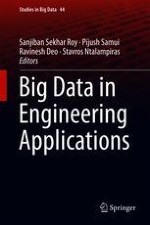2018 | OriginalPaper | Buchkapitel
Scalable Framework for Cyber Threat Situational Awareness Based on Domain Name Systems Data Analysis
verfasst von : R. Vinayakumar, Prabaharan Poornachandran, K. P. Soman
Erschienen in: Big Data in Engineering Applications
Verlag: Springer Singapore
Aktivieren Sie unsere intelligente Suche, um passende Fachinhalte oder Patente zu finden.
Wählen Sie Textabschnitte aus um mit Künstlicher Intelligenz passenden Patente zu finden. powered by
Markieren Sie Textabschnitte, um KI-gestützt weitere passende Inhalte zu finden. powered by
